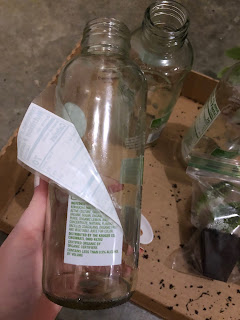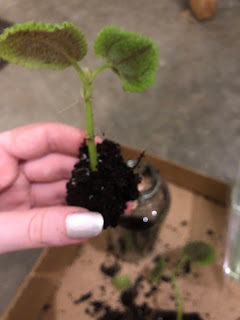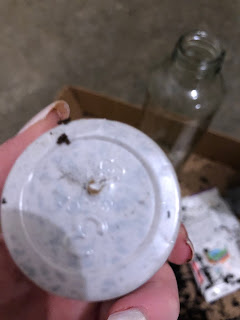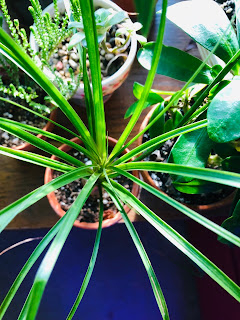 |
| Bear Paw Succulent Care |
Water: Water Bear Paws about once a week in the summer, and water them once every other week in the winter. Bear Paws are drought tolerant so they are a perfect plant if you tend to forget to water. However, be careful not to overwater your Bear Paw because this can lead to root rot.
Light: Bear Paw needs bright light. The best place to grow them indoors is next to a sunny window. If your plant begins to lean towards the light, rotate it slightly every so often to keep it even.
Soil: Use a well-draining cactus and succulent mix.
Pot: Use a small terracotta pot with drainage. Terracotta pots can help prevent root rot since they allow the soil to breathe. Bear Paw succulents are slow-growing and have small root systems so they do not need a big pot. Potting your Bear Paw plant in too big of a pot can stunt its growth.
Fertilizer: Fertilize your Bear Paw once a year in the spring with a cactus and succulent slow-release fertilizer.
Pests: Bear Paw succulents are prone to mealybugs and spider mites. Although pests are not common on Bear Paws, they can kill your plant if they are not dealt with. Periodically check your plant for tiny, furry, white bugs, or webbing. These can be signs of an infestation. If you notice pests, deal with it immediately. What seems like a small problem at first can easily turn into a situation lethal to your plant.
To get rid of pests on your Bear Paw:
1. Isolate your plant from any other plants you may own.
2. Take a toothpick or Q-Tip and physically remove the pests.
3. Spray your plant with a solution of half water and half rubbing alcohol.
4. Repeat these steps once a week until the infestation is gone.
To prevent infestations on your Bear Paw plant, make sure to keep all of your plants healthy. Pests can easily spread from plant to plant.
 |
| Bear Paw Succulent |
 |
| Green Bear Paw Succulent |
Bear Paw succulents are easy to care for and give a unique look to any plant collection!
Good Luck!
Lily's Indoor Jungle














































